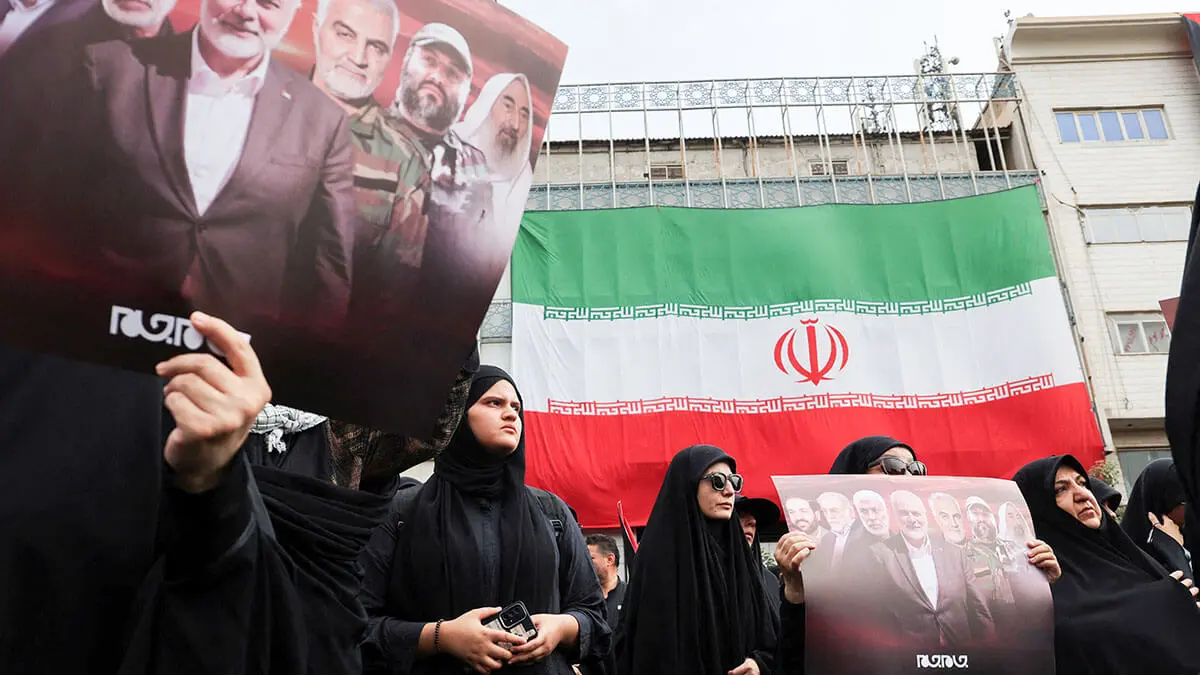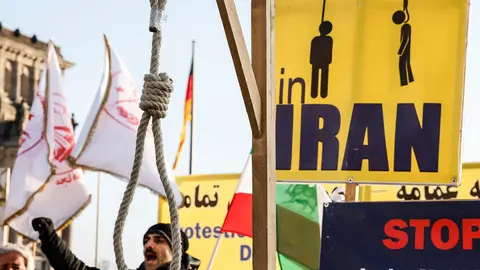Iran's energy crisis: a catalyst for change

Despite its vast reserves of oil and natural gas, Iran faces an energy crisis that exposes the ineffectiveness of its ruling theocracy
- The magnitude of the energy crisis
- Root causes: mismanagement and corruption
- Environmental and health impacts
- Public anger and protests
- Historical context and potential for revolt
- A call for regime change
Large-scale power outages, gas shortages and city closures have disrupted daily life, paralysed industry and fuelled popular discontent. Government offices are running on reduced hours, schools and universities have stopped functioning, highways and shopping malls have been plunged into darkness, and industrial plants are without power, paralysing production and economic activity.
This crisis not only highlights the systemic failures of the regime, but also has the potential to trigger a new wave of protests, signalling a broader demand for political change.
The magnitude of the energy crisis
In recent weeks, Iran has been hit by rotating power cuts, exacerbated by winter conditions. Schools, universities and government offices have been forced to close or operate on reduced hours, while industrial plants have suffered power cuts, halting production and causing significant economic losses. The economic impact is severe: manufacturing industries are losing billions of tomans (the Iranian currency) a day due to the disruption of production cycles.
Mehdi Bostanchi, head of the Industrial Coordination Council, estimates that industrial production has fallen by 30 to 50 per cent, exacerbating Iran's economic difficulties. This economic pressure, combined with energy shortages, has exacerbated inflation and unemployment, adding to the suffering of ordinary Iranians.
Root causes: mismanagement and corruption
While the Iranian regime attributes the crisis to external factors, such as sanctions and alleged clandestine attacks, the root causes lie in decades of corruption, mismanagement and neglect of public welfare. Iran's energy infrastructure is outdated and inefficient, with large transmission losses and a heavy reliance on gas-fired power plants that cannot meet growing demand.
The regime's priorities - regional influence and military efforts rather than domestic needs - have exacerbated the situation. Unauthorised mining of cryptocurrencies, seen as a way to circumvent sanctions, has consumed huge amounts of electricity, increasing pressure on the grid. The decision to limit the use of fuel oil in power plants for environmental reasons has also reduced electricity generation capacity.
Environmental and health impacts
The crisis has environmental and health repercussions, as urban centres such as Tehran suffer from increased air pollution due to the use of poor quality fuels. This not only meets energy needs, but also endangers public health by contributing to an increase in respiratory diseases. Water shortages, deforestation and desertification are also stark reminders of the regime's environmental mismanagement.
Public anger and protests
The regime's inability to resolve the energy crisis has fuelled public anger. Daily power cuts and disruptions to essential services have frustrated citizens, many of whom feel aggrieved by conservation efforts while government officials remain impassive. Demonstrations have broken out in cities such as Tehran and Isfahan, where shopkeepers protest power cuts affecting their businesses, and residents chant slogans against the leadership.
Historical context and potential for revolt
Iran's history of protests over economic grievances - from demonstrations against rising fuel prices in 2019 to the most recent - suggests that the current energy crisis could reignite broader movements. Iran's opposition, the National Council of Resistance of Iran (NCRI), has criticised the regime's management of the energy sector, highlighting the irony of exporting electricity while the population suffers power cuts.
A call for regime change
The energy crisis symbolises a deeper systemic failure within an autocratic regime that prioritises its own survival at the expense of the public good. Gradual change of the current regime is unlikely to resolve these crises. A transition to a democratic and secular government could lead to significant improvements in infrastructure modernisation, sustainable energy policies and an equitable distribution of resources. Such a government would also allow civil society to address crucial issues such as environmental degradation, workers' rights and gender equality.
In short, Iran's energy crisis not only reflects immediate infrastructural and economic failures, but also serves as a metaphor for broader political and social degradation. As public frustration intensifies, whether these energy-related grievances will catalyse meaningful political change remains a key question for Iran's future.


